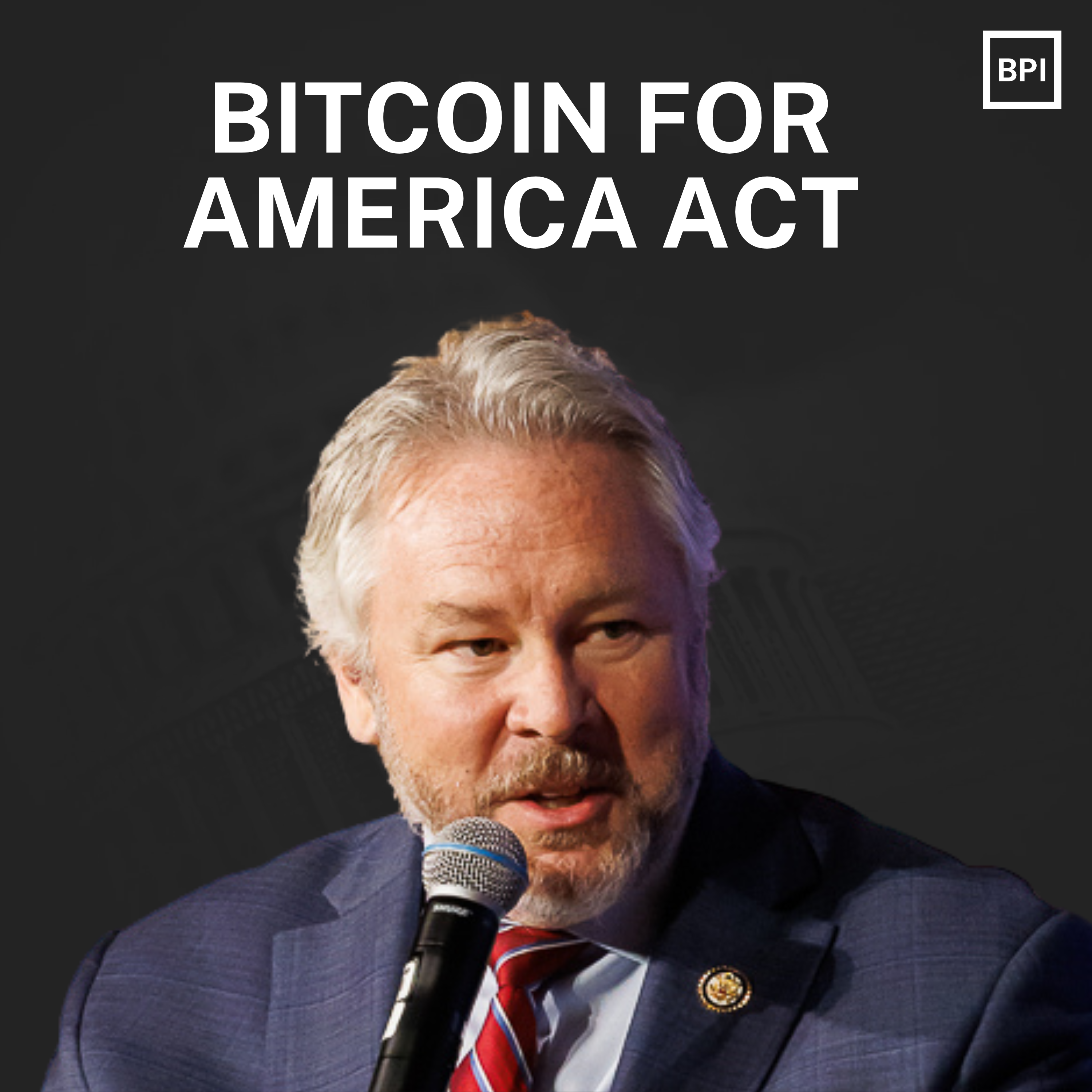Bitcoin Versus the Banks: Which is Better for the Planet?

The US banking industry’s investments are responsible for nearly 2 billion metric tons of carbon dioxide emissions in 2020. Be your own bank for the sake of the planet, use bitcoin. Photo credit: Markus Spiske.
A recent report found that indirect carbon emissions from the amount of cash and investments a company has in the United States banking industry greatly diminish their efforts to decarbonize their operations. When comparing the bank industry to bitcoin, which turns out to be better for the planet?
The banking sector is a well-known contributor to climate change through its investments in the fossil fuel industry. When you deposit your money with a bank, it does not simply sit in an account accruing interest. Instead, the entire process of banking is money creation through credit. Banks make money through interest on lending and investment. In a way, your deposit is a kind of loan to the bank. As a result, banks have incredible control over how and where money is invested.
The major takeaway from the report is that the United States banking industry is responsible for financing an estimated 1.968 billion tons of carbon dioxide emissions in 2020. For a relative size comparison, the banking industry would be the fifth-largest emitter if it were a country. Though the report does not estimate this, one could guess based on these numbers that the global banking industry’s carbon emissions would likely rival the third or fourth-largest emitters.
Since the signing of the Paris Climate Agreement in 2015, US commercial and investment banks have invested 4.6 trillion dollars in the fossil fuel industry. Moreover, the report found that since 2015, JPMorgan Chase, Citi, Wells Fargo, and Bank of America have invested 1.2 trillion dollars in the same industry. These banks are the four largest investors in fossil fuels over the last seven years.
This report does not consider the damaging environmental effects of the central banks’ quantitative easing (“QE”). In another study, researchers found that the European Central Bank’s pandemic QE program benefited 38 fossil fuel companies, including ten coal companies, many of which plan to expand fossil fuel production. Eight percent of the Federal Reserve’s pandemic response went to fossil fuel-related bonds. However, only 3% of the S&P Composite 1500 stock index includes fossil fuels. The HuffPost reported, “The central banking system could own about $19 billion worth of high-risk fossil fuel bonds”.
Since the end of Bretton Woods in 1971, our global economic system has shifted toward favoring the finance industry as a major source of economic growth. Since there is also a strong relationship between economic growth and resource consumption, we can see that the financial sector’s growth through these investments comes at a cost to our environment and well-being. Moreover, in the last 40 years, income inequality increased. This increase was partly a result of the dominance of the finance sector and broadly through the guiding principles of neoliberal policy.
Since 1974, Americans saw a 50 trillion dollar wealth transfer from the middle class to the richest one percent. Income inequality is also correlated with environmental degradation, and we can now begin to see how all the pieces of the puzzle fit together for our current climate, ecological, and economic crises.
Finance must be stopped. To do this, we must first eliminate the ability to generate money from “nothing” and shift back to generating wealth from productive pursuits with built-in environmental constraints. We have to replace the existing monetary system which is based on creating money from credit (debt) with something that is not.
Bitcoin, which is often wrongly attacked as an environmental disaster, does not create money through credit creation and has a monetary cap of 21 million bitcoin. The network uses energy to secure the history of transactions (known as the blockchain). Even if we assume that the entire network operates on electricity derived 100% from coal power generators, the network’s carbon emissions would be roughly 6.62% of the banking industry emissions (see endnote for calculation).
Of course, in reality, the total carbon emissions from bitcoin mining operations are far less. Given increases in hashrate difficulty and future halvings of the block subsidy, we expect that bitcoin mining operations will be forced to seek out a beneficial relationship with both electrical grids and renewable energy power generators, further lowering its emissions. The banking industry has no incentive to do similar.
Bitcoin is a monetary network. It is not a network of banks with highly centralized power among the wealthy few. Instead, bitcoin operates like a stateless public utility. Anyone can participate in the network. Anyone can run a node and contribute to the code base. Decisions about protocol changes are made through rough consensus.
Bitcoin is currently a disinflationary currency (the creation of new bitcoin shrinks every four years) and its inflation rate will hit zero around 2140. Given that the supply shrinks when coins are lost, we can conclude that over time, bitcoin’s global supply is contracting and thus deflationary. Some early bitcoin users lost their private keys, and a few million bitcoin are already permanently lost. Over time, this deflationary aspect will likely be minimal, as bitcoin users master best practices for self-custody.
Today, we cower at the thought of deflation but this is because deflation is very bad when you carry debt. Since our entire system is debt-based, deflation is not desirable because the value of money increases. As a result, the debt is harder to pay back. But, if we were to move away from a system that is based on credit and debt, then we could reimagine what an economic system that is based on a deflationary currency could look like.
Even if you find this to be less than ideal, you could easily back a community-controlled regional currency (like an interest-free currency that Margrit Kennedy once proposed) using the security and transparency of the bitcoin network. This approach would give confidence to currency users that the money was being managed in a way that benefits society.
Either way, the first step toward a new monetary system is to leave the existing one. Given the maturity of the bitcoin network, its ability to empower communities through self-custody (become your own bank) and the encouragement of circular economies — plus the ability to use bitcoin mining to generate wealth for the public good — it is obvious that there is no other immediately available alternative than bitcoin. The more we are open to the true nature of bitcoin as a neutral monetary public utility, the sooner we can divest from the current system and create an economy that includes the environment and a shared human prosperity in its calculations.
Bitcoin is for the people and the planet.
—
Endnote: Bitcoin’s hypothetical carbon emissions due to 100% coal plant electricity were calculated using the IEA’s estimate for coal-fired plants’ CO2 intensity of 900 g CO2/kWh in 2018 and the Cambridge Bitcoin Electricity Consumption Index for May 22, 2022, of 119.47 TWh. This gives maximum emissions of 118.52 million tons from electricity usage.



.svg)



.png)
%20copy%205.png)
